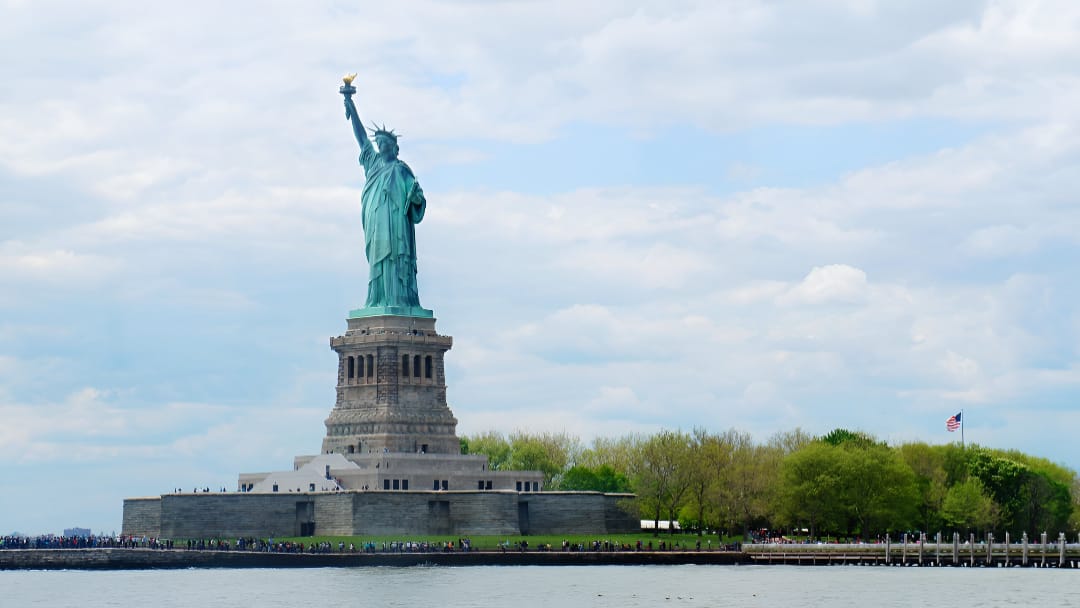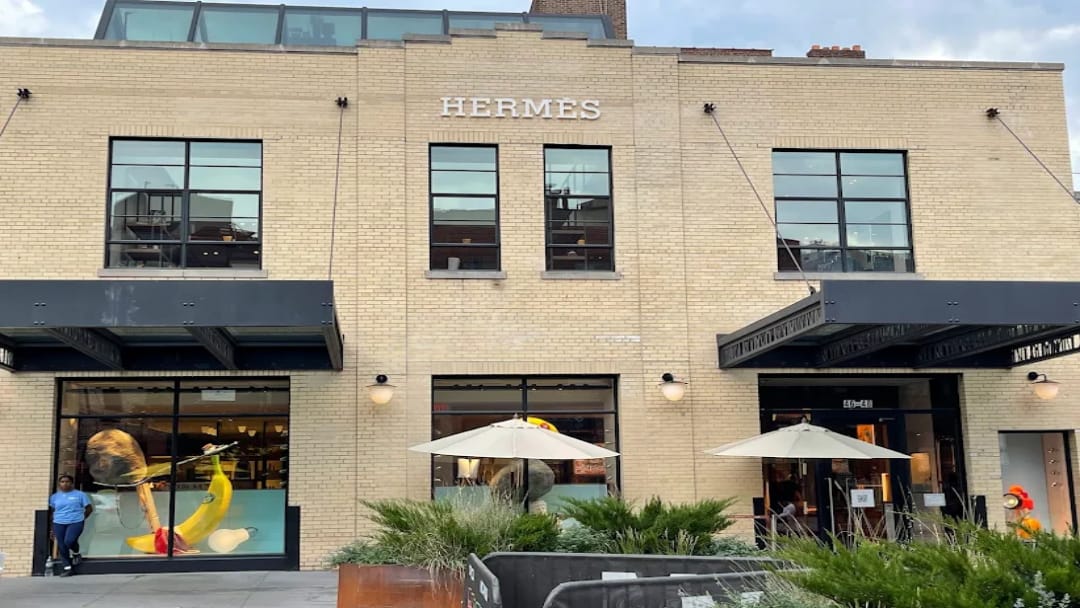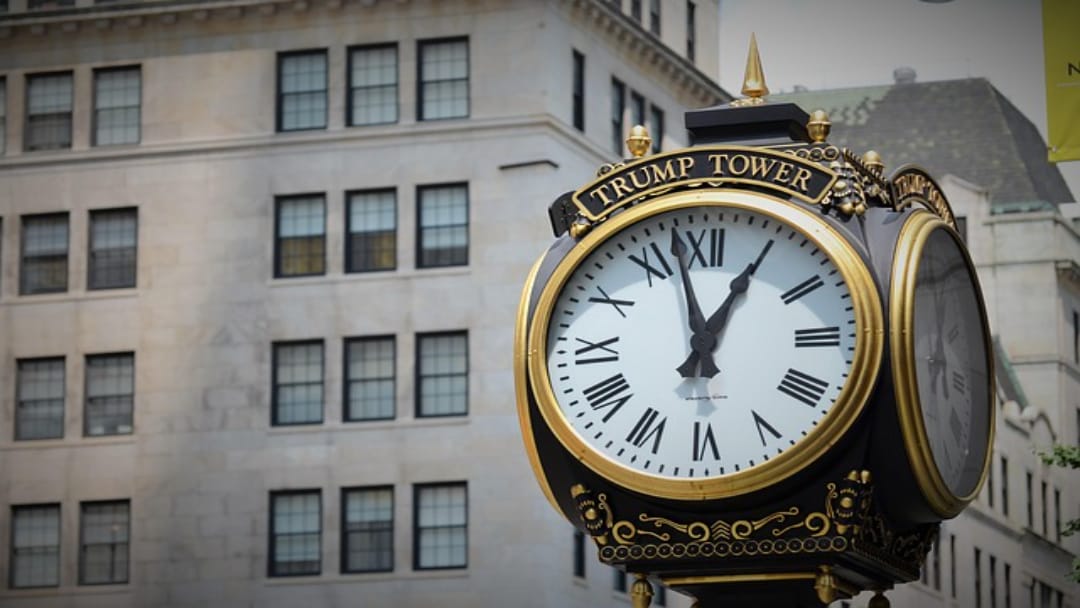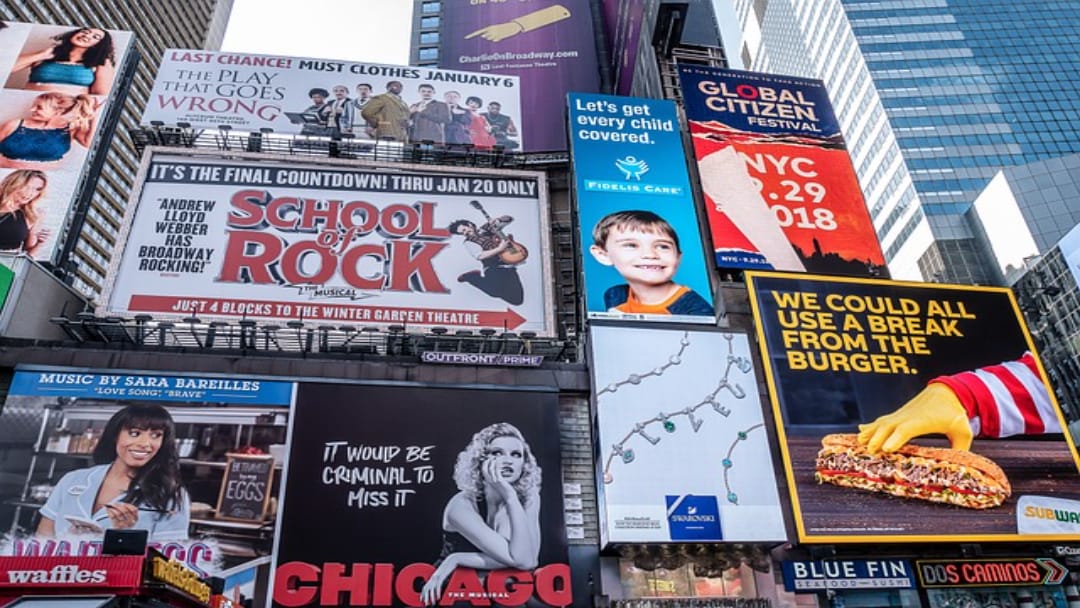The U.S. has thrown a curveball at Europe’s luxury giants. President Donald Trump’s new import tariffs—15% on most European goods—land squarely on the likes of Gucci, Prada, and Hermès. The levy is lower than the 50% once floated, but still enough to squeeze profit margins and force tough decisions on brands that rely heavily on the American market.

For companies that built their appeal on “achievable luxury,” the stakes are clear: either absorb the cost and watch profits shrink, or pass it along to customers who are already questioning whether another price hike is worth it.
Hermès moved first. The house raised U.S. prices by 5% and nudged global prices higher by 7%, betting that demand for the Birkin and Kelly is strong enough to withstand any increase. So far, that gamble has paid off. But for others, the calculation is trickier. Analysts estimate that if brands raise prices by just 2%, they can offset the tariff; if not, they risk a 3% hit to operating earnings.

The reduced tariff rate makes the blow survivable, but hardly painless. Younger shoppers, in particular, are balking at relentless price escalations, threatening the long-term strategy of luxury groups.
Even without tariffs, the sector has been under pressure. Tourism has slowed, Asian demand has softened, and Q2 results showed weakness across several marquee brands. LVMH, Gucci, and Dior all stumbled, while Hermès and some jewelry houses managed to stay in positive territory.

In this climate, higher prices risk amplifying the slowdown.
Some shoppers aren’t waiting around. Wealthy Americans are booking flights to Paris and Milan, where the same handbag or coat can cost thousands less—even after factoring in airfare. The resale market is also picking up steam, offering buyers a way to sidestep retail entirely while still indulging in big-name labels.
These shifts highlight a simple truth: branding alone isn’t enough when consumers feel squeezed.
The Future of “Affordable Luxury”
The idea of accessible high fashion was always a delicate balance, and tariffs may tip it. For middle- and upper-middle-class buyers, Prada and Gucci are sliding further out of reach. Brand loyalty is fragile when budgets tighten, and unless houses find ways to restore a sense of value, aspirational customers may drift away.

Full-scale production shifts to the U.S. remain unlikely—European heritage is too central to the identity of these brands. Instead, luxury players will have to refine their strategies: modest price hikes, sharper marketing, and renewed creativity.

